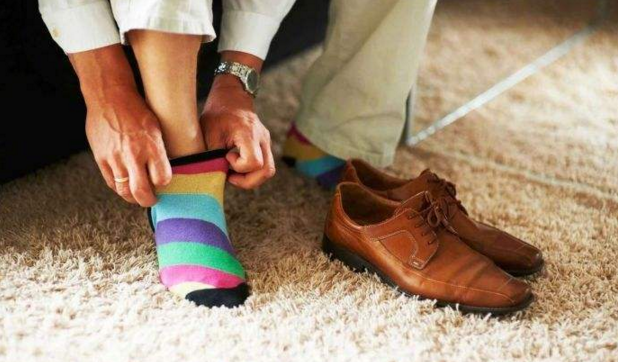
1.What does the underlined word “pose” mean in Chinese?
A 避免.
B 造成.
C 消灭.
D 处理.
解析:选B。词义猜测题。根据前面的bacterial communities和后面的health threat可知这里讨论的是细菌和健康威胁之间的问题,结合上下文可知这里是担心细菌带来健康威胁,因此pose的意思是“造成”,故选B。
2.What kind of disease may Staphylococcus aureus cause?
A Skin disease.
B Blood disease.
C Heart disease.
D All of the above.
解析:选D。细节理解题。根据第三段最后一句Other studies have also found evidence of things like Staphylococcus aureus, which can cause a wide range of skin diseases, and more worryingly, diseases of the blood and the heart.可知金黄色葡萄球菌可能会造成皮肤病、血液病和心脏病,包含A、B、C三项,故选D。
3.Why needn’t we worry about the bacteria on the shoes? a.Because there are few bacteria on the shoes and they are harmless. b.Because the bacteria the shoes bring aren’t much enough to make healthy people sick. c.Because we didn’t spend a lot of time on the ground where bacteria stay. d. Because the bacteria only stay on the ground and we have no chance to contact them.
A ab
B ac
C bc
D cd
解析:选C。细节理解题。根据第四段第二句The load of bacteria our shoes bring indoors isn't much enough to make the average healthy person sick. 和第五段第一句Another point is that most of us don’t spend a lot of time on the ground, where shoe bacteria stay.可知鞋子上的细菌不容易造成危险是因为鞋子上的细菌还不够多得让健康人生病,且细菌主要存在于地上,而我们不太和地面接触,因此我们不用担心,包含B、C两项,故选C。
4.Which of the following is NOT true according to the passage?
A There are hundreds of thousands of bacteria on the average shoe.
B Almost all shoes were coated with Escherichia coli.
C Bacteria on the floor can sometimes enter the air we breathe.
D Although bacteria are everywhere, we can completely get rid of them.
解析:选D。细节理解题。根据最后一段最后一句In fact, we live in a bacterial soup that would be impossible to completely get rid of them.可知,我们一直与细菌共存,完全彻底的消除细菌是不可能的,故选D。
5.What opinion may the writer hold?
A All bacteria are harmful.
B We should do a thorough cleaning to avoid bacteria.
C We should take off the shoes before entering the house.
D Bacteria on shoes may not be harmful to healthy people.
解析:选D。观点态度题。根据第四段最后一句For a healthy person, bacteria on shoes likely bring no or tiny risk.可知鞋上的细菌对于正常人来说是没有风险或者风险很小的,结合其他内容,如我们生活中细菌无处不在,不可能完全避免可知,作者的观点是鞋上的细菌对于健康的人无害,故选D。